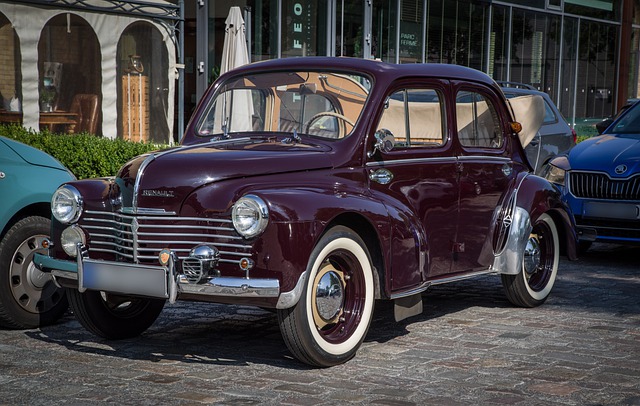Introduction
Car wax is a popular product used to protect and enhance the appearance of a vehicle’s paintwork. Many car owners invest time and effort into waxing their cars, but one common question that arises is: how long does car wax last? In this article, we will explore the factors that affect the longevity of car wax and provide insights into how to maximize its durability.
Types of Car Wax
Before discussing the duration of car wax, it is essential to understand the different types available. There are two main categories of car wax: natural waxes and synthetic waxes. Natural waxes, such as carnauba wax, are derived from plants and provide a deep, warm glow to the paintwork. Synthetic waxes, on the other hand, are made from polymers and offer longer-lasting protection. The type of wax used can influence its durability.
Factors Affecting Car Wax Longevity
Several factors determine how long car wax lasts on a vehicle. These factors include:
Quality of Wax: The quality of the wax plays a significant role in its durability. Higher-quality waxes tend to last longer and provide better protection against environmental elements.
Application Technique: The way car wax is applied can affect its longevity. Properly preparing the surface, applying an even coat, and following the manufacturer’s instructions can help maximize the wax’s durability.
Environmental Factors: The environment in which a car is driven and parked can impact the lifespan of the wax. Exposure to harsh weather conditions, such as extreme heat or cold, as well as UV radiation, can cause the wax to degrade more quickly.
Frequency of Washing: Regular washing of a car can gradually remove the wax layer. While it is important to keep the vehicle clean, excessive washing without reapplying wax can shorten its lifespan.
Duration of Car Wax
The duration of car wax can vary depending on the factors mentioned above. On average, car wax can last anywhere from one to three months. However, some high-quality synthetic waxes can provide protection for up to six months or even longer. It is important to note that these durations are approximate and can vary based on individual circumstances.
Signs of Wax Degradation
Over time, car wax will naturally degrade, and it is essential to recognize the signs that indicate its diminished effectiveness. These signs include:
Water Beading: When wax is fresh, water droplets will bead up and roll off the surface. As the wax degrades, water will no longer bead up but instead spread out and form flat spots.
Loss of Shine: A well-waxed car will have a glossy and reflective appearance. As the wax deteriorates, the shine will diminish, and the paintwork may appear dull.
Reduced Protection: Wax acts as a protective barrier against environmental contaminants and UV rays. When the wax wears off, the paintwork becomes more vulnerable to damage and fading.
Maximizing Car Wax Longevity
To maximize the longevity of car wax, consider the following tips:
Choose a Quality Wax: Investing in a high-quality wax will provide better protection and longer-lasting results.
Proper Application: Follow the manufacturer’s instructions for application, ensuring the surface is clean and dry before waxing. Apply the wax in thin, even layers for optimal results.
Regular Maintenance: Wash the car regularly using a gentle car wash soap, avoiding harsh chemicals that can strip away the wax. Additionally, consider using a spray wax or quick detailer between full wax applications to maintain the protective layer.
Conclusion
In conclusion, the duration of car wax can vary depending on factors such as the quality of the wax, application technique, environmental conditions, and frequency of washing. On average, car wax can last between one to three months, but high-quality synthetic waxes can provide protection for up to six months or longer. Recognizing the signs of wax degradation and following proper maintenance practices can help maximize the longevity of car wax, keeping your vehicle protected and looking its best.
References
– caranddriver.com
– popularmechanics.com
– autogeek.net












